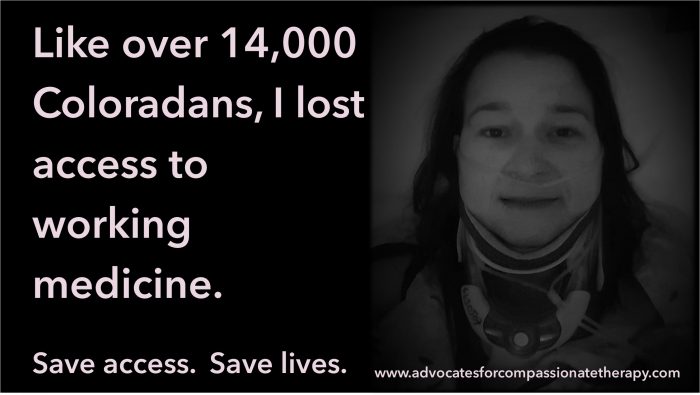Across the United States, patient advocates are working to pass medical marijuana programs. So far, 37 states have some type of regulatory program. So why are so many still struggling to incorporate cannabis into their treatment plans? Even in states that appear to have robust programs like Colorado, there are large populations that can’t access cannabis. Since 2016, new programs resemble badly designed recreational programs making them almost non-functional. Programs that existed prior to 2016 have been stunted and even phased out.
Pushback on medical access is driven by two things — money and power. The passage of adult-use decriminalization has been the #1 factor behind excessive regulation. In 2012, Washington and Colorado started the cascade of highly taxed, adult-use decriminalization. Within less than a year, new legislation was introduced to reduce medical access to cultivation, processing, and possession. Just over a decade later, both states cut access to the point it’s mostly symbolic. To make matters worse, no one knows this is happening.
Media is mostly reporting on the recreational billions and has remained relatively silent about patient impacts. Even patient organizations just started talking about this last year.
First, let’s look at Colorado. The public perception is that Coloradans have one of the best therapeutic programs in the nation. This is because they used to have one of the most equitable programs, but this is no longer true. Political groups like Blue Rising Together and One Chance to Grow Up have lobbied heavily to take medical access out of patient hands. These groups pushed regulations so strict that last year alone, over 14,000 patients lost access. Somehow they even convinced legislators that we weren’t really patients but were secretly industry trying to sell products. Costs have doubled and even quadrupled in many cases. Their program now forces recommending physicians to break federal law, which caused doctors to close their practices. In addition, Colorado took patient cultivation and processing, then limited what products we could access in centers. Colorado’s “medical” program was restricted and now looks like its adult-use program. Colorado legislators went so far, they even forced the sick and disabled to only purchase a couple days therapy at a time.
All these changes were pushed under the guise of “protecting children,” despite only having one data source for youth use. That data source, Colorado Healthy Kids Survey, showed overall that youth consumption was relatively stable and even showed a decrease for the year 2021. Despite that, legislation passed that took medical dosing away from cancer, autoimmune, and neurological patients. The final nail in our coffins will be potency caps that make all concentrate access symbolic. We’ve successfully fought those in the past, but they now have the support needed. As a result, Colorado families are back to using neighborhood markets like they did in the 1990’s.

But that’s just Colorado, right? Not even close. State legislators, prohibition groups, and corporate industry lobbyists are all talking to each other behind the scenes. They are organizing on a national level and this same scenario is playing out in places like Maine, Oregon, Washington, and California. In states just passing their access programs, these same lobbies are promoting high profit, elite models that serve very few sick and disabled patients. There is a massive difference between older programs like ones in Colorado or California and newer programs like Georgia or Texas. Both the latter programs are high cost, low dose, and offer little purchasing options. Georgia still forces sick people to break the law to access care. Possession was allowed, but not purchase. These newer programs failed before they even began. Soon, most state medical programs will look like these.
Patients are being left behind, but there is something we can do about it. We can start connecting and work together to advocate for true access. Legislators and the public can be educated so they understand what a truly equitable program looks like. Sharing resources and content between grassroots groups would be an amazing step toward making sure everyone has the option to choose medical marijuana. We are strong and powerful when united, and that can go a long way to ease the suffering of hundreds of thousands across the nation. Get involved today.
Getty image by PepeLaguarda

